KSS-III
SONAR System
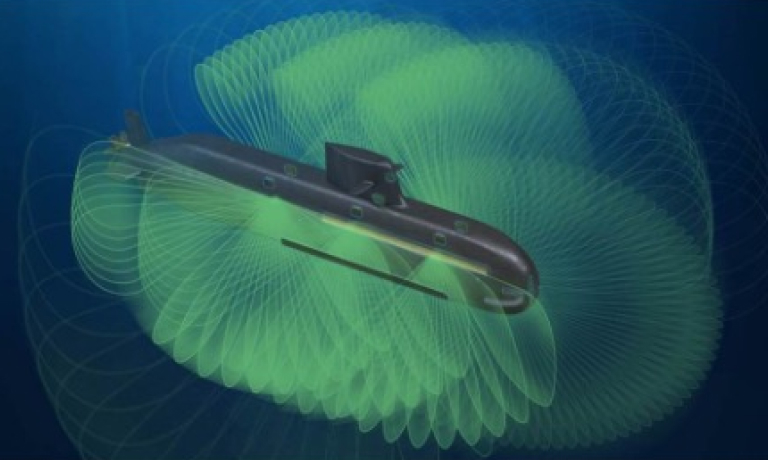
To detect faraway enemies faster underwater, a submarine must have a high-performance SONAR system, which is equivalent to ears for humans.
The performance of the SONAR system is crucial as it is directly linked with the submarine’s combat and survival capabilities. KSS-III Batch-II is equipped with a total of O types of Korean-specified SONAR systems, including the horseshoe SONAR on the bow, enabling target detection with minimal shadow zones in all frequency bands.
Weapon Handling and
Launch System
KSS-III Dosan Ahn Changho-class submarine is equipped with a state-of-the-art weapon handling and launch system. This allows the submarine to load up to OO torpedoes, missiles, and sea mines simultaneously. Furthermore, the system also enables rapid and simultaneous launch, as well as rapid reload after launch, making the submarine capable of flexible response in any battlefield situation.
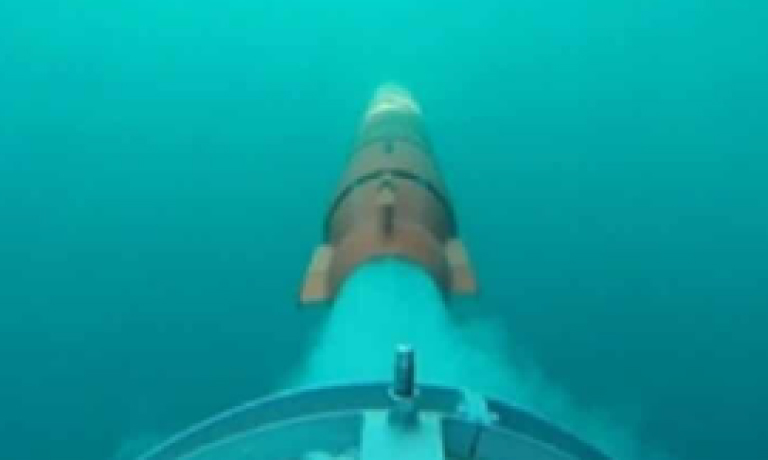
Vertical Launch System
KSS-III Dosan Ahn Changho-class submarine is the only diesel submarine in existence that has a vertical launching system.
Equipped with a total of OO VLSs, it can operate SLBMs (submarine-launched ballistic missiles) with heavy warheads, which is the main reason why KSS-III submarine came to settle its position as the key strategic asset to curb North Korea’s nuclear provocations as a means of KMPR (Korea Massive Punishment and Retaliation), the core of South Korea’s three-axis system.
Lithium Battery
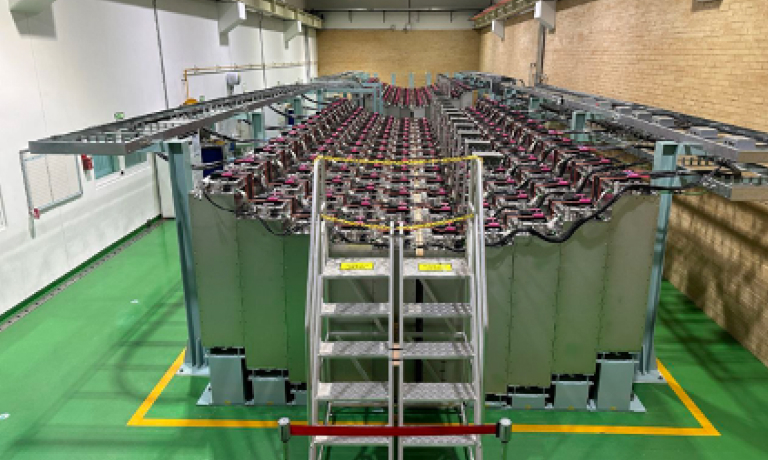
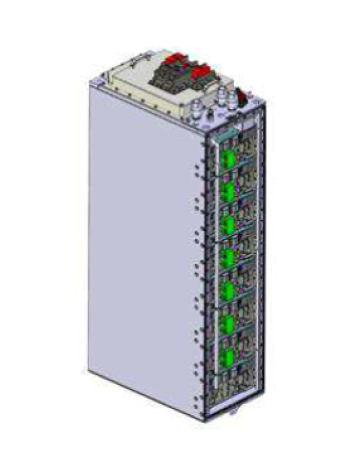
The lithium battery system, which has superior energy density compared to the lead-acid battery system, has significantly increased the number of days KSS-III Batch-II submarine can navigate underwater continuously without cessation.
While the previous submarines with lead-acid batteries can sail at the maximum underwater speed for only about an hour, a submarine equipped with lithium batteries can sail three times longer. In addition, compared to lead-acid batteries, lithium batteries are easier to maintain and have longer battery life, thus reducing operation and maintenance costs.
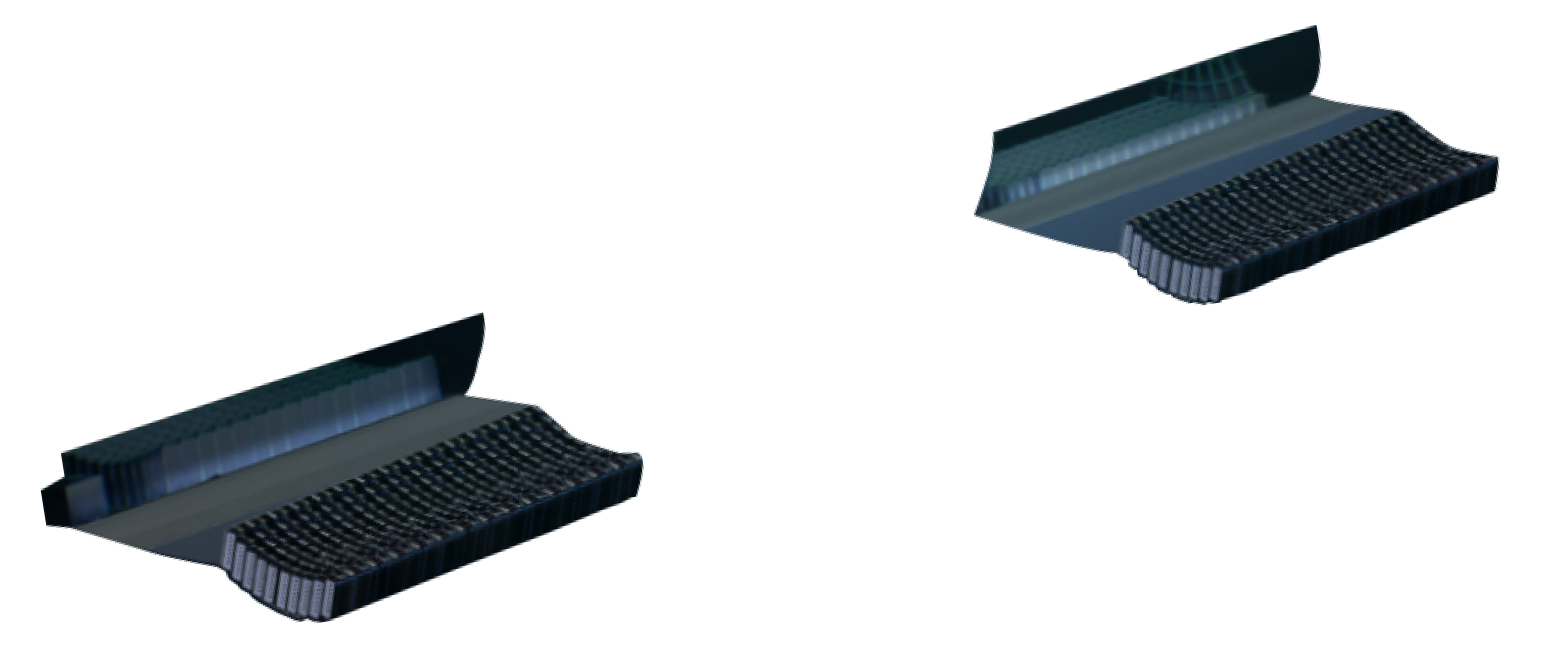
Fuel Cell System
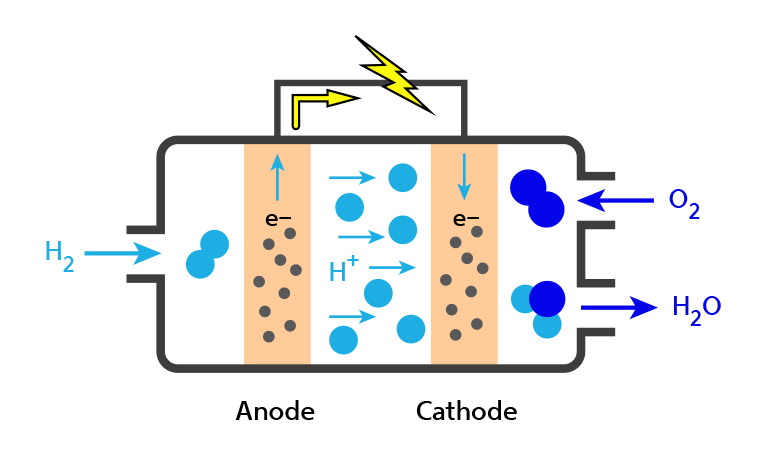
This system generates electricity through the electrochemical reaction between hydrogen and oxygen. Typically, a diesel submarine must perform “snorkeling,” where the submarine regularly floats near the surface to intake air inside and operate the diesel generator to recharge the discharged storage batteries during operation. This process is bound to generate noise, making the submarine lose its covertness and vulnerable to enemy attacks.
However, installation of fuel cell systems can significantly reduce the frequency of snorkeling and remarkably extend the number of continuous underwater operation days. The Korean fuel cell system installed on the KSS-III Dosan Ahn Changho-class submarine proved its reliability by breaking the world’s longest continuous operation record at the time during T&E.
